The marketing of the year 2026 will not resemble what it is now. The evolution of technology, data privacy, and customer expectations is being modified at a pace that most teams are unable to cope with. It is no longer about developing clever campaigns but rather about creating a feeling of personal experiences, responsible use of technology, and building trust.
In the case of CMOs, it will take a change in mindset and skill set in the coming few years. The position will involve striking a balance between automation and creativity, performance, and purpose and short-term wins and long-term brand health.
The following are the five marketing changes that will determine the way brands increase and how marketing leaders can remain on top in 2026.
1. AI-Driven Marketing Transformation
Artificial intelligence has silently transitioned itself into being a novelty to the backbone of modern-day marketing. It already affects brand planning, personalized content, and results measurement. It will be reaching nearly all levels of customer experience by 2026.
ANI is now able to track customer behavior on a real-time basis, propose innovative formats, and automatically budget. It is able to anticipate what they would like next, when is the most appropriate time to contact them and even come up with variations of ad copy to test them out on various audiences.
However, there is something that AI can not perform, and this is the ability to comprehend emotion as people do. It is in that place that human creativity fits in. The best CMOs will be the ones who view AI as a collaborator and not a substitute. Technology is able to do the heavy lifting and the rest of the ideas, emotion, and empathy that make marketing a meaningful endeavor are provided by human beings.
Responsible AI use also is in increased demand. Consumers have a better understanding of the manner in which their information is being gathered and utilized. Brands who act responsibly and transparently with the help of AI will gain the trust, whereas those that go too far will lose it in a short time.
One of them is the example of applying AI to enhance the customer experience as opposed to controlling it. Think of a retailing brand that portrays AI to learn when a customer is close to exhausting his product and sends a friendly notification instead of annoying them with unrelated advertising messages. That is the type of intelligent, dignified selling that earns loyalty.
Summary lesson: AI will streamline the marketing process and make it intelligent, although humans will not stop making it personal.
2. Budget Optimization and Talent Restructuring
Budgets are becoming tight in industries and marketing is not an exception. In the year 2026, CMOs will be required to do a lot with limited resources. That will imply more intelligent planning, talent allocation, and accountability of any given campaign.
The old model of marketing teams, having distinct creative, media, and analytics, will still change. Cross-functional teams that operate closely with each other will be the order of the day, though smaller. These teams will not handle silos, but will be problem solvers.
The association between agencies and the brands will transform as well. CMOs will seek partners with which they share accountability. It will no longer be long retainer and big contracts but flexible and project-based collaborations. The company will desire to collaborate with brands that can act swiftly and can make tangible money at the table.
Meanwhile, increased brands will combine both internal and external talent. Brand strategy and customer data will be handled by in-house groups, whereas agencies will introduce creativity, innovativeness, and implementation. The capability to combine the two will determine the speed at which marketing teams will react to change.
AI will also be used in budget management and performance forecasting. The real-time analytics will enable CMOs to know what channels and messages are producing results so that they can redirect resources in real time without having to conduct quarterly reviews.
Summary: Agility will be favored in the future of marketing. CMOs will have to operate leaner, smarter teams that produce quantifiable output, rather than creative output.
3. Increased Focus on Brand Trust and Differentiation
With the technology that will simplify the process of creating ads, there will be an influx of campaigns that look like each other. The development of AI-created videos, social posts, and product pictures will make the distinction between real and automated. The brands that people trust will be exceptional in this saturated area.
Confidence will be the most significant source of success in the long-term. It will be of greater importance than media expenditure or frequency of exposure. When all things become automated, human relationships will be the only differentiator.
Fostering trust takes more than some clever messaging. It requires a discrepancy between what a brand is saying and what it is doing. Human beings desire brands with integrity and intent. They will also observe the times a company has gone to uphold a cause or upheld its value in a difficult situation.
As an illustration, a brand that mentions sustainability will be supposed to demonstrate evident action, such as waste reduction, use of ethical materials, or environmental activism. Credibility will be achieved through action and not merely speech.
Marketers will also need to redefine the concept of success. They will not pursue the clicks and impressions, but rather they will follow the measurements such as reputation, loyalty, and emotional connection. Those are more difficult to measure, yet they are the reason why the customers return.
Lesson learned: Trust will be the sole real competitive advantage in the era of automation. The brands which remain honest, consistent and human will be the victors.
4. Hyper-Personalization and Ethical Data Use
Personalization is no longer the nice-to-have, but the expectation. However, personalization will be at a higher level in 2026. As AI and data analytics develop, brands will cease to be merely targeted and will become predictive, knowing not only who the client is but what he or she will require next.
Consider a scenario of an airline sending a customer with time and cost-effective travel tips, taking into account his/her past travels, likes, and weather conditions in the favourable destinations. Or a financial service application that recommends more intelligent saving strategies just in time of a big spending period of a customer. It is over-personalization.
But this change is responsible. Customers are more aware of the use of their personal information. Laws on privacy and consent are getting stricter and consumers want to know what is happening.
The third-party cookies era is coming to an end, and this will imply that brands will have to establish direct and trust-based relationships with their customers. The modern marketing will be based on the first-party data, gathered as the results of the interaction on the basis of consent.
It is not merely a technical change, but it is a cultural change. Respectful brands with regard to data will be rewarded with loyalty. The ones who exceed are going to be counteracted.
Moral of the story: When being personalized, it should not seem forced. Marketing is going to rely on the ethical and transparent use of data.
5. Full Customer Lifecycle Support
Traditionally, marketing had been concerned with awareness and acquisition. After a lead was passed to sales, the marketer would believe that his task was over. Such a strategy will no longer be effective.
As of 2026, CMOs will have to think beyond acquisition and apply to the whole customer lifecycle development of relationships before, during, and after a sale. Not only new leads will cause growth, but also retention, referrals, and repeat business.
The contemporary consumers demand homogenous experiences. They desire to be acknowledged and important to a brand whether they communicate with them on social media, in-store or by the customer care center. Marketing will need to contribute at each phase of this process.
Technology can help. AI and predictive analytics will be able to detect when a customer is at risk of churning or a customer who may be receptive to upgrading. Active listening can transform such situations into interactions by building on them.
As an example, a fitness app may notify users of the progress and provide them with specific tips to keep them motivated, whereas a subscription service might give long-term customers first access or content. The little, considerate gestures create loyalty in the long run.
The sales and customer success teams will collaborate closely with the best marketing teams. They will collectively become responsible in terms of experience, satisfaction and advocacy.
Lesson learned: Relationships will bring success in the long term, and not transactions. Marketing should not be left behind at the initial touch but life long loyalty.
Preparing for the Future: What CMOs Should Focus On
The second stage of marketing will involve the extent to which leaders are capable of integrating creativity and technology. CMOs will have to become strategists and bridges – between data, storytelling and experience into a cohesive vision.
The five pragmatic ways CMOs can prepare to 2026 are listed here:
- Develop strong AI skills. Get to know how AI tools can be used in planning, personalization, and measurement without discontinuing creativity.
- Develop a first-party data strategy. Put emphasis on the transparency and trust in the collection and use of customer information.
- Create agile teams. Dismantle silos and promote the collaboration of creative, media, and data professionals.
- Measure what matters. Add performance metrics, that is, trust, satisfaction, and retention, not conversions.
- Work with the right partners. Select mates who are technologically savvy and know how to tell stories, not only one-half of the equation.
HT One Audience and HT Brand Studio: Data and Storytelling That Work Together
As marketing is changing, the CMOs would require partners who know how to relate technology and creativity. This is where HT One Audience and HT Brand Studio come in.
HT One Audience assists marketers to use the first-party data of consent audiences to plan banner campaigns. It provides brands with access to privacy-secure targeting on the digital platforms of HT Media. This implies that marketers are able to target actual people in the right moment and remain within the provisions of data privacy.
HT Brand Studio assists brands in transforming those campaigns into effective tales. It designs content that is emotional and develops long term memory. It makes brands relatable and authentic by creating digital storiestelling and brand films, as well as by creating thought leadership material.
The combination of these platforms is the future of marketing, where smartness and imagination collide and technology assists with the creative process. To CMOs planning ahead in 2026, the role they play is to ensure that they get ahead and remain human.
Last lesson: The CMOs that prosper in the next stage of marketing will not be those who merely spend more or automate quicker. It will be them that will put people more in perspective, use technology in a responsible manner, and be able to tell stories that make people believe. The future of marketing will be in the hands of individuals who are precise and purposeful.
Frequently Asked Questions
What are the main marketing trends for 2026?
The main trends are AI-based marketing, ethical application of data, working with customer lifecycle, establishing trust, and team structure.
How will AI affect marketing teams?
Using AI will make data-intensive processes more automated, and teams will have more time to be creative, storytellers, and thinkers.
Why is data privacy becoming more important?
With the removal of third-party cookies, the brands need to establish first-party data collection and direct, transparent relations with customers.
How can CMOs handle smaller budgets?
Through development of agile teams, performance-based partnerships, and real-time information on optimization of spending.
How do HT One Audience and HT Brand Studio support future marketing strategies?
HT One Audience offers privacy secure audience data to make accurate targeting, and HT Brand Studio makes storytelling to establish emotional ties. Collectively, they enable the brands to remain both data-driven and human.
Ready to take your brand to the next level? Connect with us today to explore how HT Media can amplify your presence across our diverse portfolio of 25+ brands and properties. Let's turn your brand vision into reality!



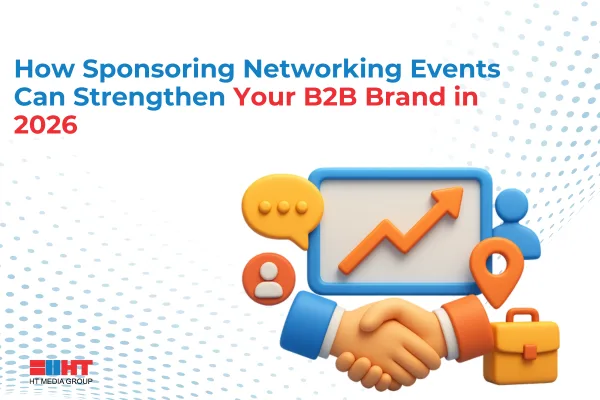
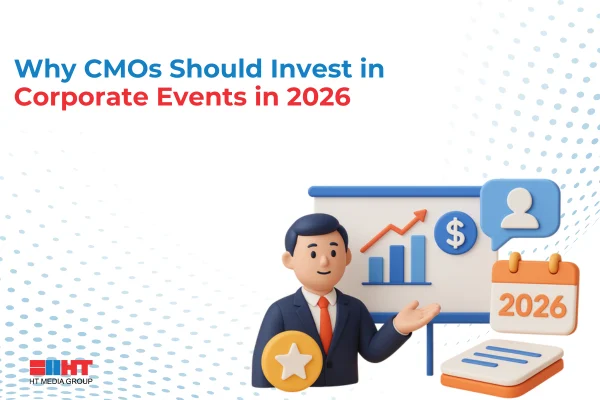
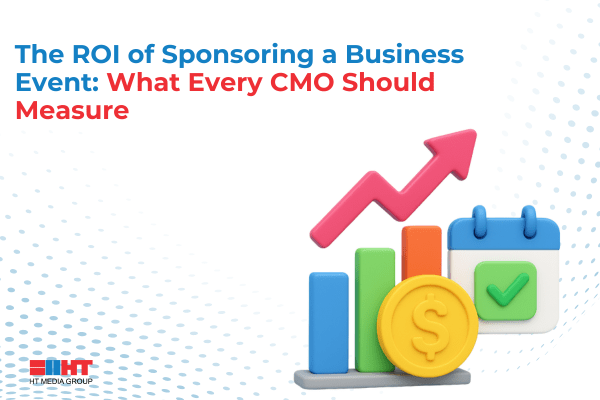

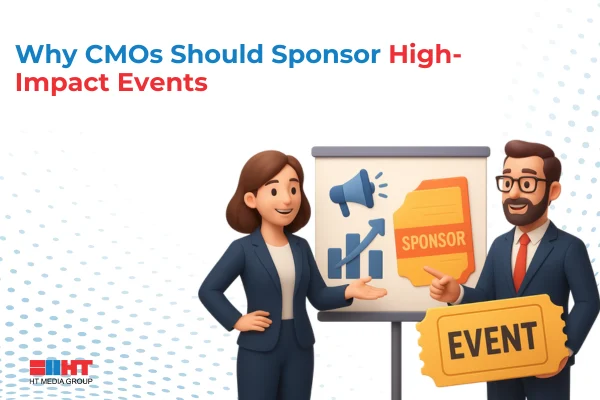

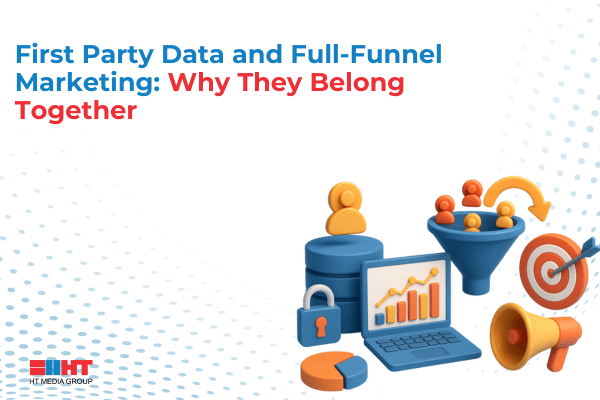


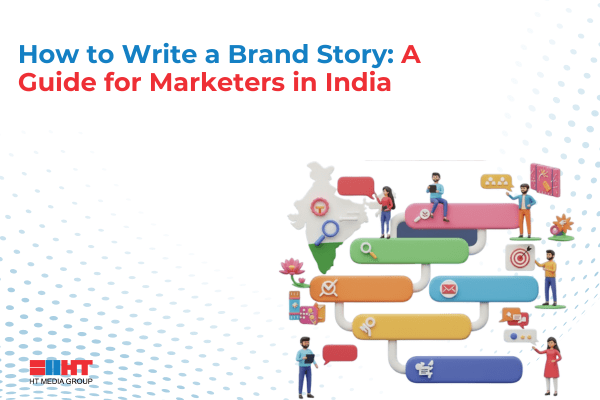
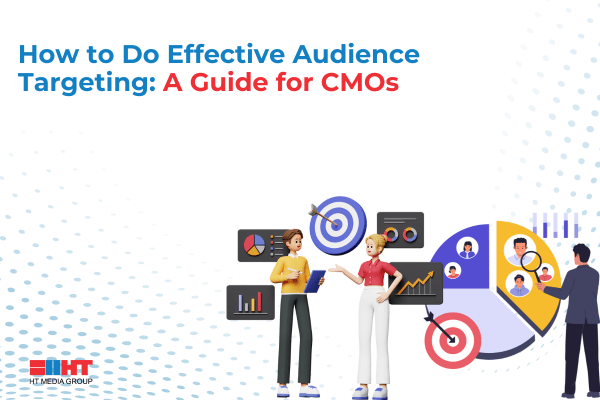
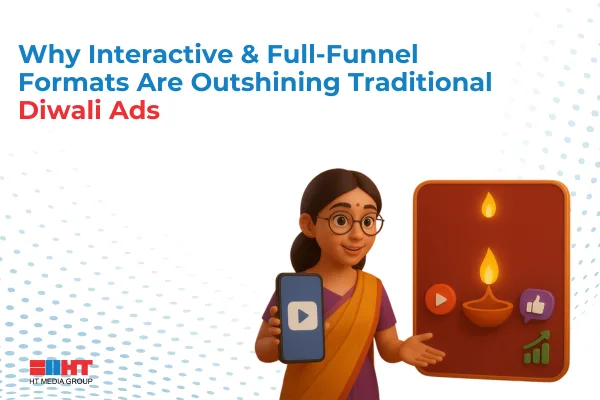

Comment